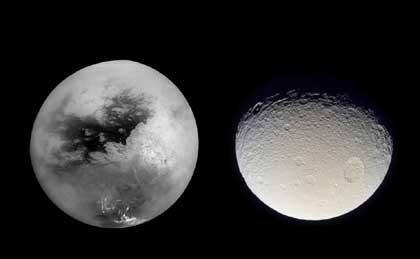Sahara is twice as old
2014/09/24 Leturia Yurrita, Iñaki - Elhuyar Zientziaren Komunikazioa Iturria: Elhuyar aldizkaria
%20.jpg)
It is admitted and extended that the Sahara was a jungle and that at a certain time it dried up, becoming the current desert. After 2-3 million years, geologists have placed it in the Quaternary. It was at that time when the glaciations of the Northern Hemisphere began, that they modified the dynamics of the monsoons that maintained the green Sahara, which caused the desiccation. The data presented below, however, have questioned this hypothesis. The remains of 7 million years old dunes suggest that the Sahara is older than previously thought, but there was a lack of explanation for that earlier desertification.
Now, a study published in the journal Nature indicates that changes in the circulation of monsoons were also responsible for drying. According to the researchers, the Sahara desert began 7-11 million years ago and was affected by another cause. During the Tortonian Age of the geological epoch of the Miocene, the Tethys Sea, which covered the environment of the current Mediterranean, receded, weakening the influence of monsoons in the Sahara.
They have demonstrated this using mathematical models. Moreover, the sea recession made the climate more unstable in the face of Earth's orbit changes. However, the Sahara did not suddenly become a desert, but began to alternate wet and dry periods and climate change caused the emergence of new vegetation and fauna. In addition, this evolution may be behind another major change: it is the time when the first hominids began to appear in Africa, and especially in the Sahara.

Gai honi buruzko eduki gehiago
Elhuyarrek garatutako teknologia




